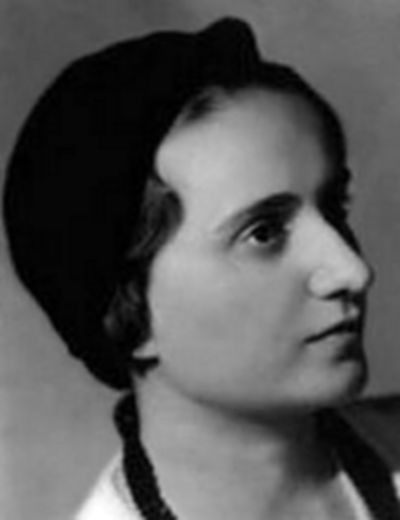
Miriam Haskell
About
Miriam Haskell was an American designer of costume jewelry. Like Hattie Carnegie, Haskell founded her own company, one that still bears her name. With her creative partner Frank Hess, she invented affordable pieces of stunning originality from 1920 through the 1950s. Vintage examples and samples of Miriam Haskell designs are now much sought, held in both private collections and museums internationally.
Miriam Haskell's intricate designs were noted for the superior quality of their materials using tiny pearls and carved glass together with the exquisite detail of their execution, wiring complex motifs built up of beads and strass montees to filigree backings, all hand assembled by her team of craftsmen, many of whom were European refugees that she always paid well. Therefore, she was able to command higher prices than her costume jeweller counter parts on these, but Miriam was most recognised for her baroque pearls and her Russian gold colouring of metal, a quite different attractive colour gold plate. Interestingly, her jewellery was very seldom signed before 1950. It was her brother Joseph Haskell who introduced the first regularly signed Miriam Haskell jewellery. For very short time during the 1940s, a shop in New England did in-force a signature on the jewellery by Miriam. However, the signed pieces of this period constituted less than 1% of the early jewellery, the short-term signature was a horseshoe-shaped plaque with Miriam Haskell embossed on it. A piece with this signature would indeed be a rare find. Haskell Jewellery, although created with non-precious materials and stones, were so stunning that even wealthy ladies such as Gloria Vanderbilt and the Duchess of Windsor were loyal customers. From the 1920s through to the 1960s her pieces were worn for publicity shots, films and movie stars Lucille Ball and Joan Crawford, who owned a set of almost every Haskell ever produced, were also personal customers.
Haskell's lovers included Florenz Ziegfeld, who decorated the chorines of his Follies with her designs; Bernard Gimbel of the department store chain; and John D. Hertz, Jr., scion of the car-rental company. With Hess, she traveled in search of materials to Paris, Gablonz, Venice, and Wattens, home of Daniel Swarovski's crystal factory. She built a mansion that she called Sainte Claire Cottage on the Hudson River near Ossining. When the Ohio flooded in 1937, Haskell sent boxcars full of relief materials to New Albany, and traveled home to assist during the disaster. In World War Two, she contributed most conscientiously to the war effort, and asked Hess to create new patriotic metalfree jewelry designs, using natural materials and plastics.